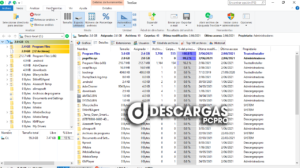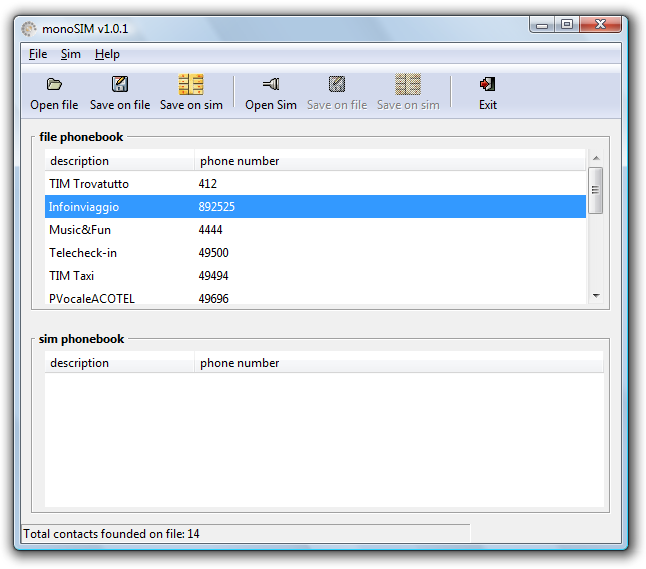

The GSS is the single best source for sociological and attitudinal trend data covering the United States. Each survey from 1972 to 2004 was an independently drawn sample ofĮnglish-speaking persons 18 years of age or over, within the United States. Hundreds of trends have been tracked since 1972. The GSS gathers data on contemporary American society via personal in-person interviews in order to monitor and explain trends and constants in attitudes, behaviors, and attributes over time. Let’s demonstrate barplots with the following data that is pulled from the General Social Survey (GSS) (( )). 8.4.1 Details of Constructing the Random Trees.8.3 The Recursive Partitioning Algorithm.8.2.1 How are categorical explanatory variables dealt with?.7.5.2 Trading off different types of errors.7.5 Classification Using Logistic Regression.7.3.3 Fitting the model & Residual Deviance.6.5.1 Separate Intercepts: The coefficients of Categorical/Factor variables.6.5 Multiple Regression With Categorical Explanatory Variables.6.4.4 Residual Degrees of Freedom and Residual Standard Error.6.4.3 Behaviour of RSS (and \(R^2\)) when variables are added or removed from the regression equation.6.4.2 Residuals and Residual Sum of Squares (RSS).6.4.1 Fitted Values and Multiple \(R^2\).6.4 Important measurements of the regression estimate.6.3.3 Interpretation of the regression equation.
Treesize 5.2.2 how to#


3.4.2 More about the normal distribution and two group comparisons.3.2.1 Where did the data come from? Valid tests & Assumptions.3 Comparing Groups and Hypothesis Testing.2.5.3 Comparing multiple groups with density curves.2.5.1 Histogram as estimate of a density.2.4.3 Normal Distribution and Central Limit Theorem.2.3.4 Examples of Continuous Distributions.2.3.3 Probability Density Functions (pdfs).2.3.2 Cummulative Distribution Function (cdfs).2.3.1 Probability with Continuous distributions.2.2.3 Conditional Probability and Independence.2.2.2 More Examples of Probability Distributions.2.2.1 Definition of a Probability Distribution.
Treesize 5.2.2 software#
TagSpaces is an interesting program to use: it helps with organization, and when files and folders keep piling up, having such software at your disposal can help a bunch. We cannot exactly say which method was superior - we found the tagged files without a problem either way. Sidecar tagging works by storing the tag in an additional. You can either pick the Rename File option, which will have the program include the tag into the file's name, or the Sidecar File method, which is more intricate. When first starting the app, you'll be required to choose a file tagging method: don't worry, it can be freely modified in the settings menu later.
Treesize 5.2.2 windows#
If you wish to find the tagged entries, you can do so by entering their keywords in the Windows Search, and they'll be right there. Here you'll be able to type in one or more tags - you'll need to press Enter after typing each one - then prompt to add them, and that's the gist of it. The layout is loosely reminiscent of the way File Explorer handles things, which makes tagging your items that much simpler.Īs for the tagging itself, it's as easy as selecting the files and folders you wish to find easier, then clicking the little white tag icon near the top of the layout. The interface and the software's functions are easily comprehensible, so navigating through the app shouldn't pose a problem for anyone. Starting out with this program is quick and easy. But what if there was dedicated software to make everything simpler? Tag your files and folders with TagSpaces and make them easier to find: just type in the keyword, and you'll get to it. How does one properly organize their stuff, then? Grouping your items of interest into specific folders, renaming them, or putting them on an external drive - we've all done that. Postponing or failing to do so will result in everything being scattered about, making finding what you're looking for cumbersome. As you use your computer, various files and folders will accumulate on your drives, so it's best that you organize and sort them accordingly.


 0 kommentar(er)
0 kommentar(er)
